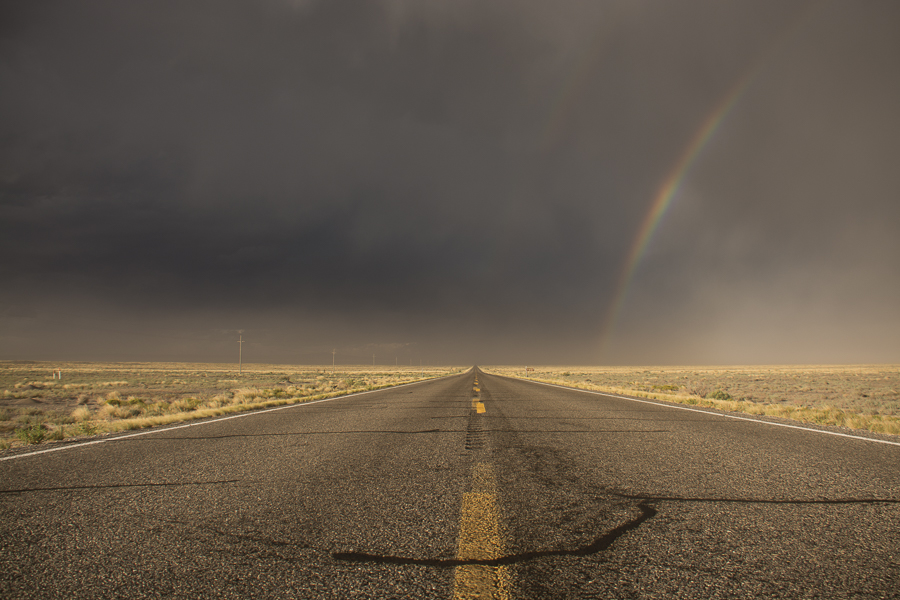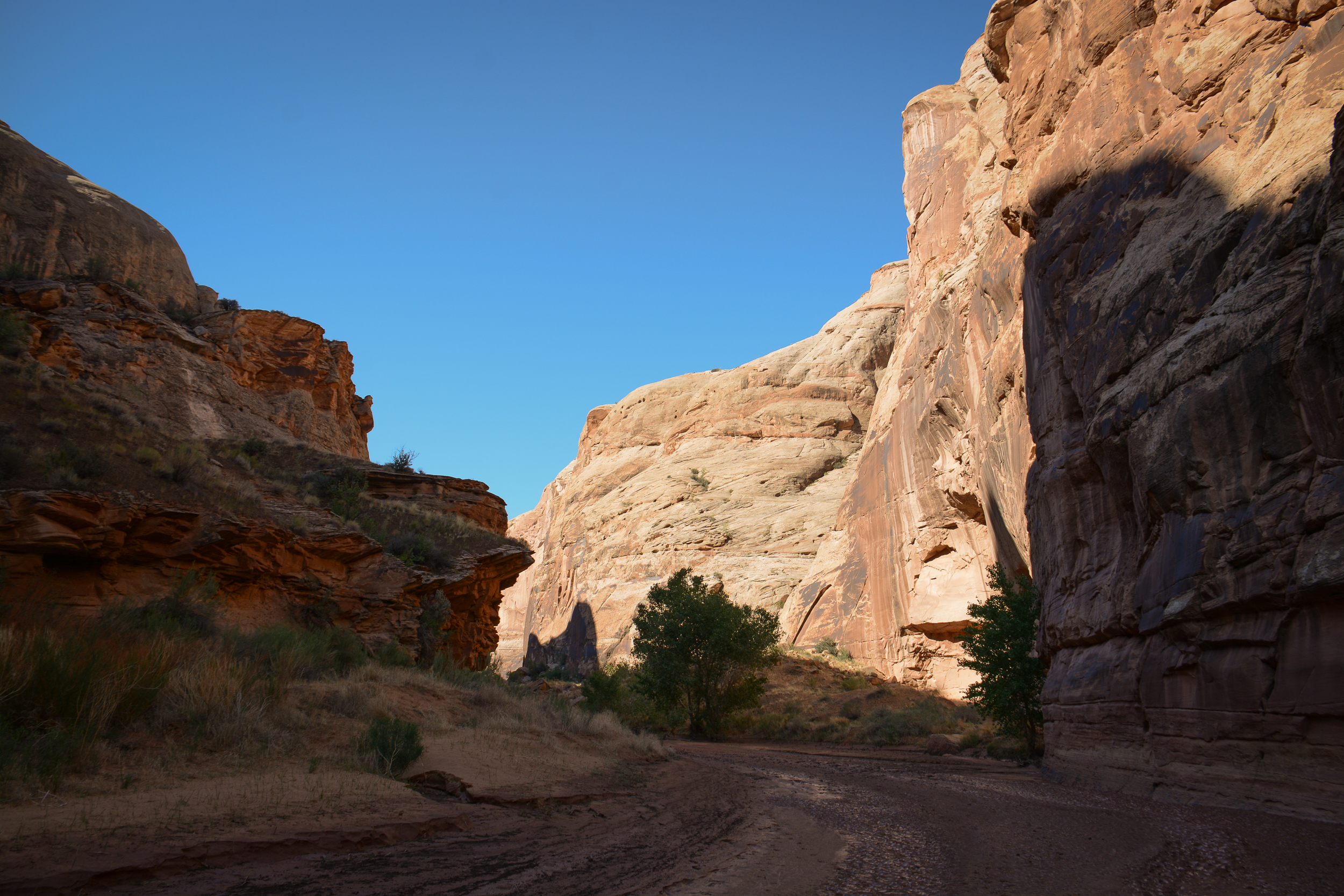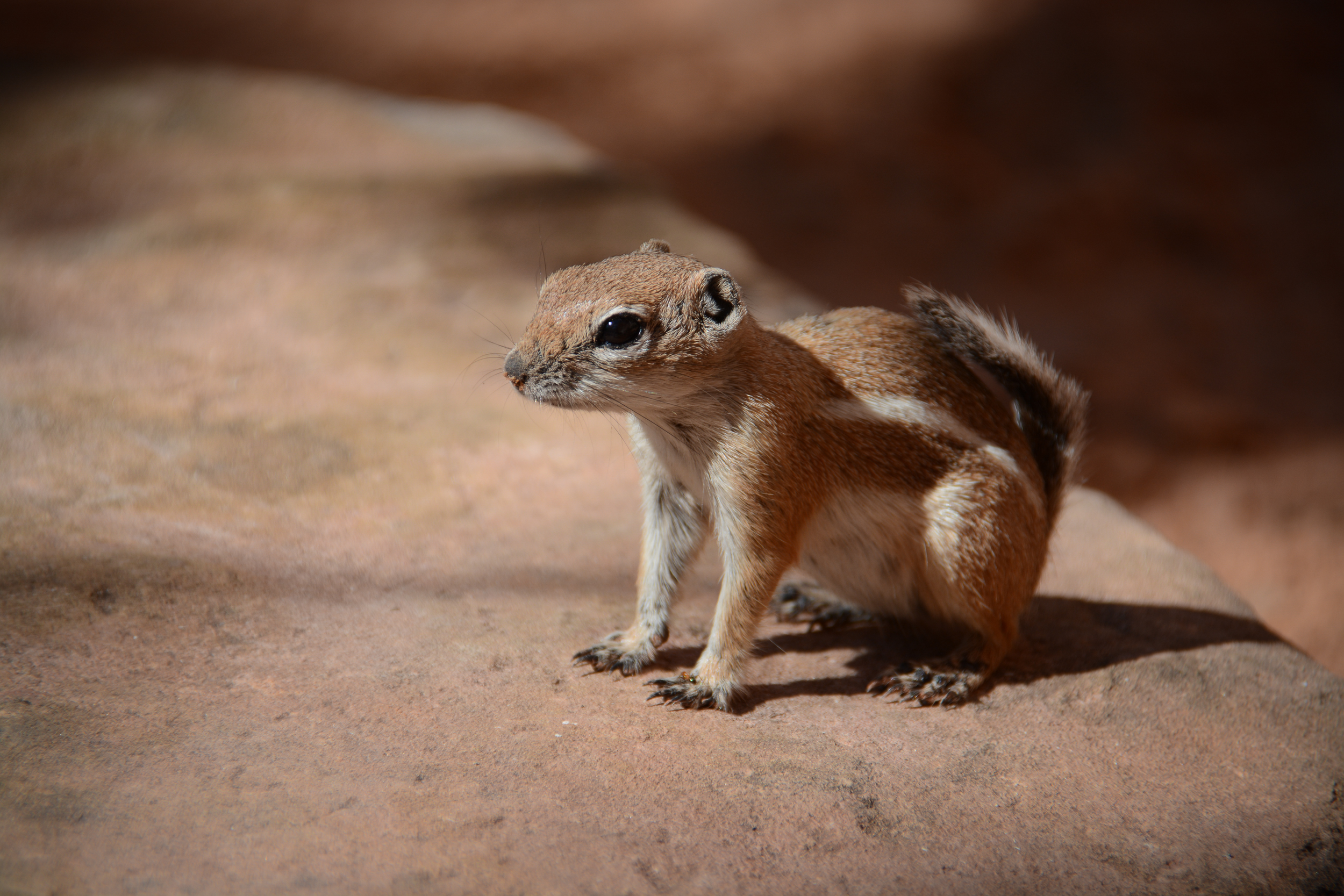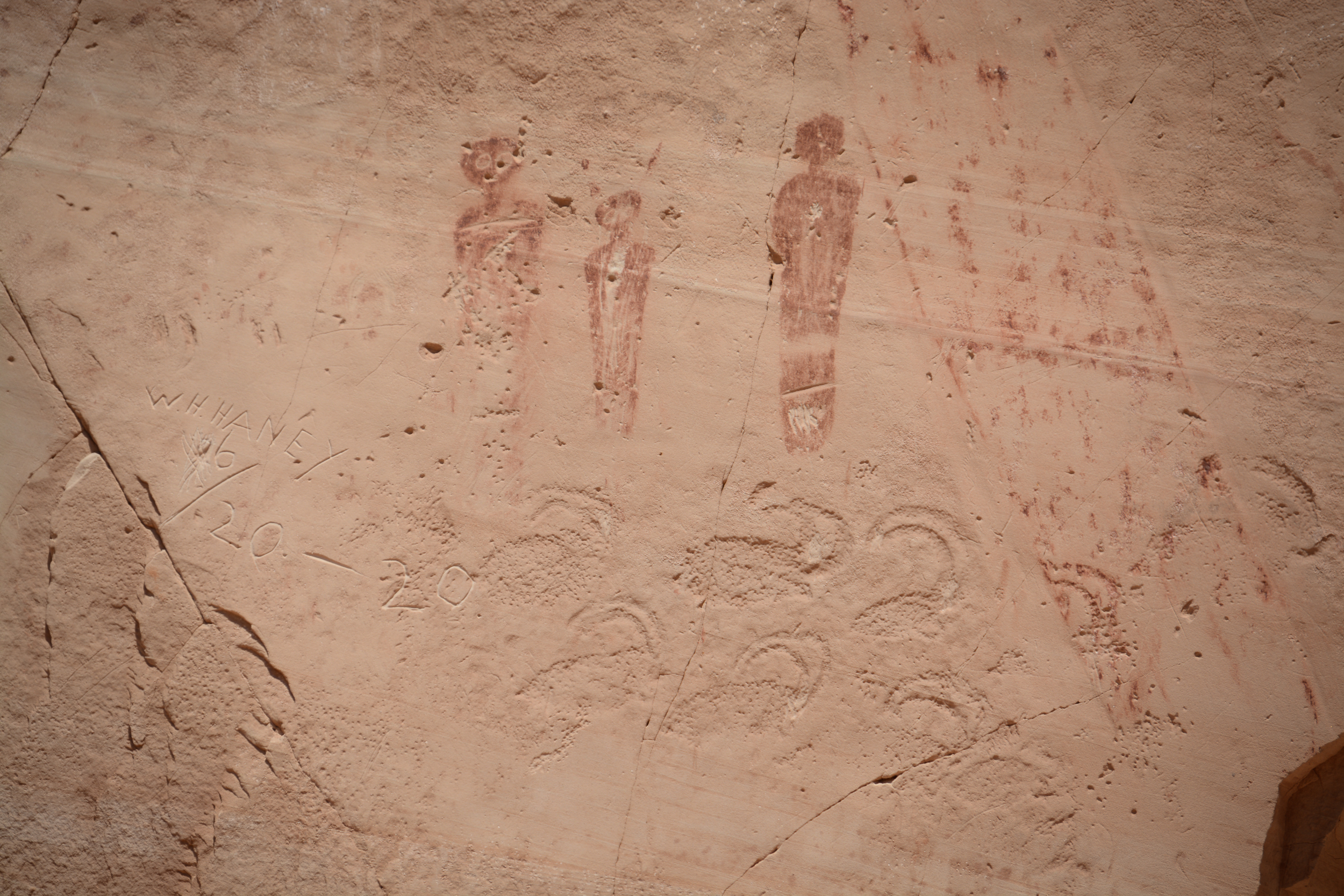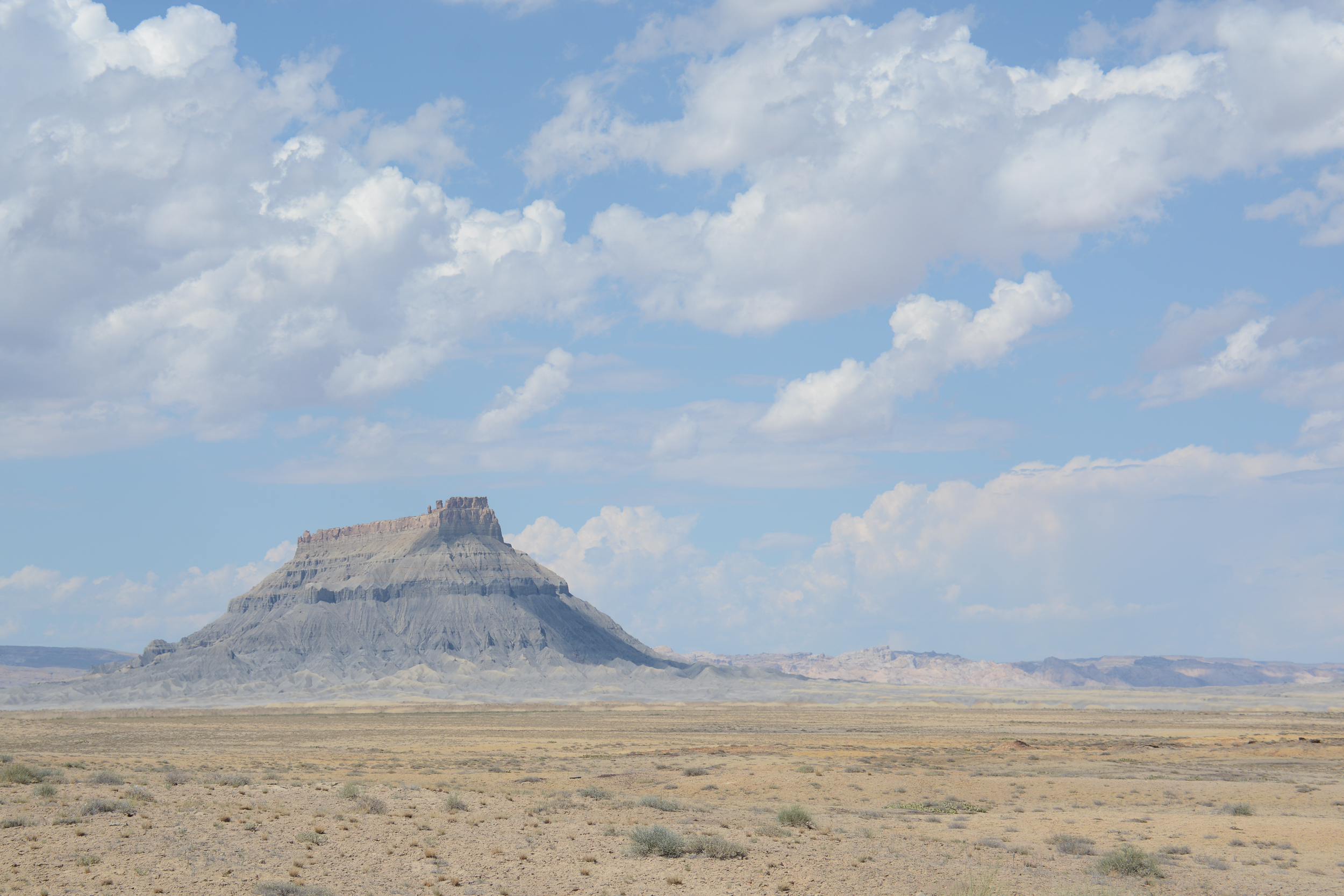This is the only corn bread recipe you will ever need. Period. I know, kind of a bold statement. Relatively speaking, of course. But seriously. Corn bread can be dry, boring, weird, forgettable. This is none of those. This is “holy shit this is good” corn bread. This is “I can’t believe how easy this is” corn bread. Whatever. Do as you will. You won’t know until you make it. It comes to us from Melissa Clark at the New York Times.
Ingredients
12 T unsalted butter (170 g)
1/2 cup maple syrup
2 1/4 cup buttermilk
3 large eggs
1 1/2 cup fine or medium grind cornmeal (180 g)
1/2 cup whole wheat floor (65 g)
1/2 cups all-purpose flour (60 g)
1 1/2 T baking powder (18 g)
1/2 t baking soda (5 g)
1 1/2 t salt (9 g)
Instructions
Preheat the oven to 375•F degrees.
Brown the butter in a 12-inch cast iron skillet. Swirl to coat sides of pan and pour into a bowl. Whisk maple syrup, then buttermilk into the butter. When cool, whisk in the eggs.
Mix together dry ingredients and combine with butter mixture.
Reheat the skillet if it has cooled. Pour batter into the skillet. Bake until the top starts to brown and a toothpick comes out clean - 30-40 minutes. Cool in the skillet for 10 minutes before slicing.
Download a PDF of this recipe here.
Notes
Very easy.
The butter is browned when it smells nutty. Which is not long after all the foam subsides. Keep an eye on it as to not let it burn. It’s harder to go by color in a cast iron pan.
I like to use medium-grind cornmeal. The downside of this is that if you eat it right after baking, you’ll still have some hard bits that some people might not like. A few hours after baking, the hard bits become softer, with the loaf retaining a great grainy texture. I haven’t yet tried pre-soaking the meal (in the wet ingredients before adding the baking soda and powder), but that may help if you want to eat it right away and don’t like crunchy hard bits.




